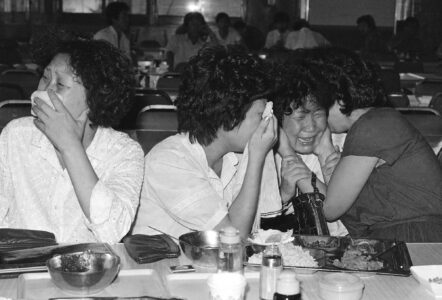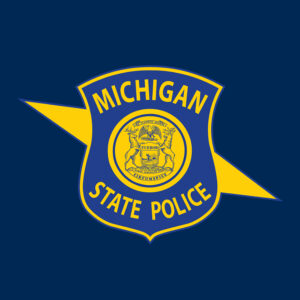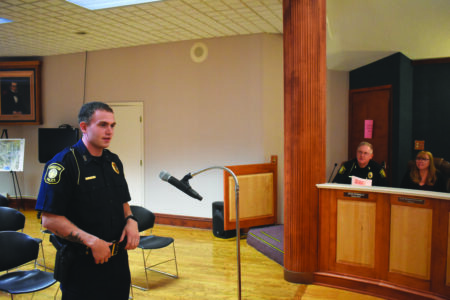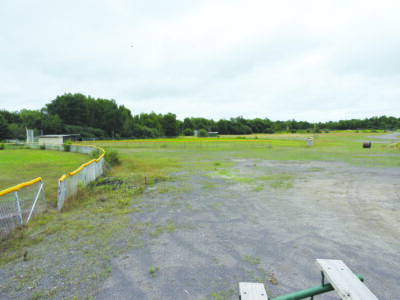The spirit of Labor Day
Holiday has evolved over time

Photo from MTU Archives The United Steel Workers of America Banner was carried by White Pine Copper Co. workers on Sept. 2, 1958. The sign symbolized the spirit of Labor Day.
HOUGHTON — Labor Day is regarded by millions of Americans as the unofficial end of summer — the last three-day weekend of the summer season. For instance, as Labor Day this year falls on Sept. 1, the schools throughout the Copper Country Intermediate School District start the new school year on Sept. 2. Local grocery stores offer Labor Day sales focusing on meats and barbecue foods for the last summer picnic of the year. Furniture and home improvement outlets also take advantage of the holiday to promote end-of-summer savings and sales, and communities across the U.S. host an endless variety of events and festivals. But at one time, Labor Day had nothing to do with summer festivities.
Before it was a federal holiday, Labor Day was recognized by labor activists and individual states, says the U.S. Department of Labor. After municipal ordinances were passed in 1885 and 1886, a movement developed to secure state legislation. That was not the case in the Michigan copper mining district. Organized labor had no friends in the communities, no recognition from the mining companies, or support from the state.
In 1872, the International Workingmen’s Association initiated a strike among its mine members. On May 15, the Detroit Free Press reported the strike began at the Calumet and Hecla Mining Company and quickly spread to neighboring companies, including the Schoolcraft, Phoenix, Copper Falls, Franklin, Pewabic, and Quincy mines. On the urging of C&H Superintendent R.J. Wood, Houghton County Sheriff Bartholomew Shea sent a telegram to Governor H.P. Baldwin requesting troops enough to counter 1,500 men.
In the end, the strike lasted three weeks before being crushed. The union lost the war, but won the battle.
“Owing to the great scarcity of labor on the Lake,” the Directors’ Report of the Quincy Mining Company for 1872 stated, “we were compelled last April to concede a considerable advance in wages in order to keep all departments of the mine in full operation; and a very high price of labor has obtained to the present time.”
Throughout the next 30 years, strikes were frequent on the copper range, but were defeated in one way or another.
While the mining companies struggled to crush unions, the U.S. Department of Labor reports the first Labor Day holiday was celebrated on Tuesday, September 5, 1882, in New York City, in accordance with the plans of the Central Labor Union. The Central Labor Union held its second Labor Day holiday just a year later, on September 5, 1883.By 1894, 23 more states had adopted the holiday, and on June 28, 1894, President Grover Cleveland signed a law making the first Monday in September of each year a national holiday. Michigan, declared Labor Day a holiday the same day President Cleveland signed the law. That did not stop Michigan Governor Woodbridge Ferris, however, from sending the entire Michigan National Guard to the copper region to maintain peace, quell riots and protect company property when the Western Federation of Miners declared a district-wide strike that began with violent rioting. The nine-month-long strike caused much rioting and several shootings before finally collapsing in the spring of 1914.
Thirty-three years were to pass before local companies permitted their workers to unionize, when the copper mine workers successfully organized under the International Union of Mine, Mill and Smelter Workers, CIO, in the early 1940s. Today, Michigan is one of the most unionized states in the country, according to the Mackinac Center of Public Policy.





